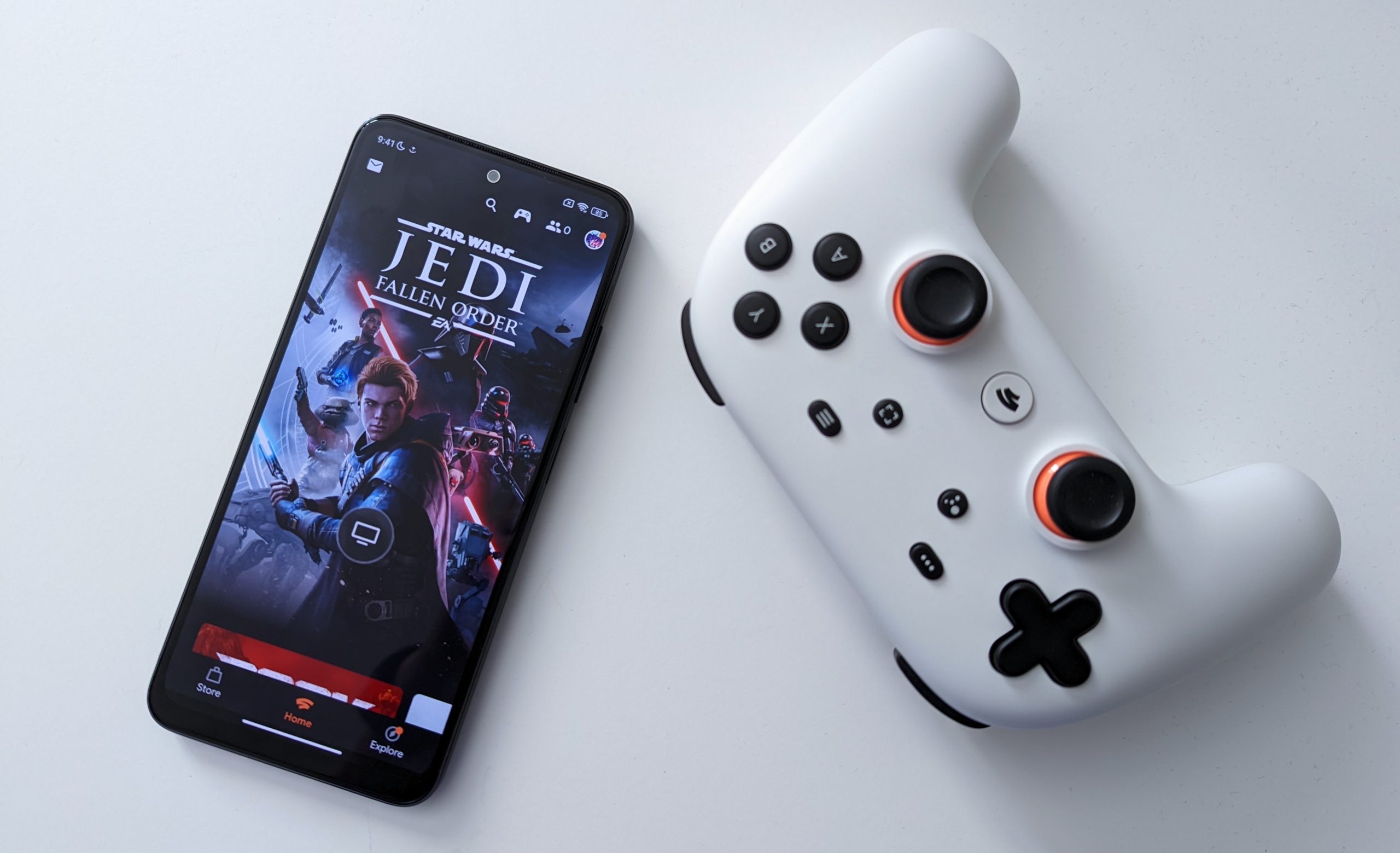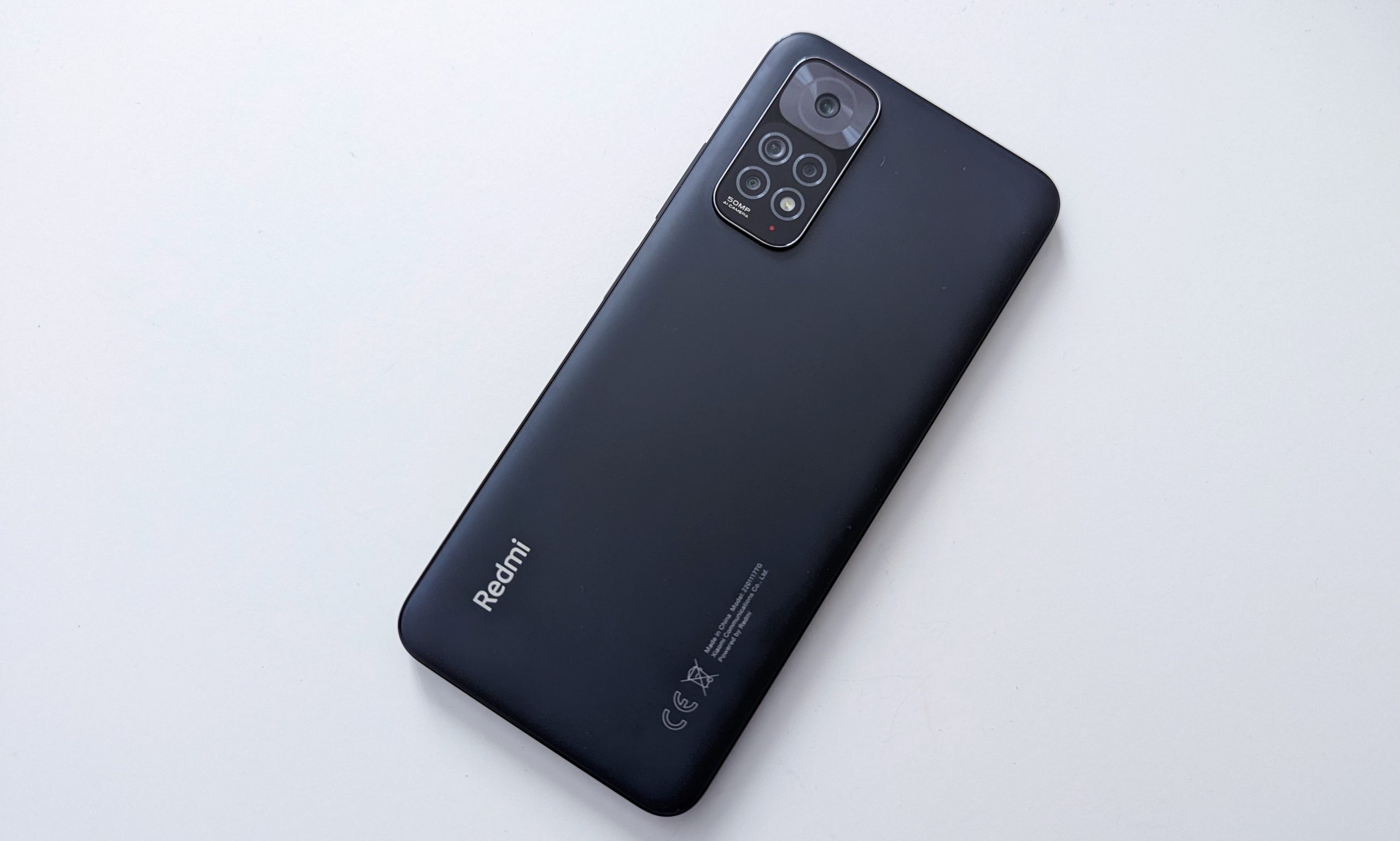Redmi Note 11 Review: The Right Stuff?
Xiaomi’s efforts in building up a wide and varied range of Android devices for multiple price brackets, across three different brandings, each with their own sub-device lines is a commendable effort, especially if you factor in the (usually) impressive price-to-spec ratio found in each individual device. The company has certainly made sure that there’s a device tailored for individual needs and budgets, and as a result, there’s no shortage of Xiaomi phones to choose from.
As such, Xiaomi’s Redmi Note 11 series comes in several different models. Today, we’re taking a look at the base variant Redmi Note 11 handset, and while it does lack some higher-end hardware compared to the more expensive Note 11 variants, it still comes with some nice and handy features. We’ve actually done an earlier unboxing video of the phone, which you can check out here.
With that said, take a seat and join us as we talk about the phone’s features, hardware, and more – is the Redmi Note 11 the right phone for you? Let’s take a look!
Design and Display

Released earlier in 2022, the Redmi Note 11 comes with a more “modern” design approach similar to a lot of newer Redmi (and even POCO) phones. The device features a clean look with a polycarbonate build and flat sides and a matte rear panel. We have the black variant of the phone, which is lightweight and grippy thanks to the matte paint job. It also comes with IP53 splash protection which is a nicely-added bonus.
The side of the phone features a power button with a built-in fingerprint scanner, which is fast and responsive. There are also built-in stereo speakers on the phone, which sound loud and clear, although with a thin bass sound.

The front of the phone is dominated by a 6.4-inch AMOLED display, protected by a layer of Corning Gorilla Glass 3. It’s got a resolution of 1080 x 2400 pixels with a pixel density of 409 ppi. While it is a budget device, it does feature a 90Hz refresh rate which can be selected from the display settings and makes navigating the user interface much smoother. Thanks to the AMOLED screen, colors are vibrant, with decent contrast and saturation which you can further adjust to your specific preferences.
Internal Specs, Performance

Beating inside the heart of the Redmi Note 11 is Qualcomm’s Snapdragon 680 4G chipset, coupled with either 4 or 6GB of RAM, and up to 128GB of internal storage. Of course, there’s also support for expandable storage via a micro-SD card slot in case you need more space to save photos, videos, and more.
As far as performance goes, the Redmi Note 11 was able to get the job done. Of course, people looking for an ultra-fast and super-smooth flagship phone experience won’t get the same usage from a budget device like this one, but as far as daily usage goes, I was able to use the phone without any issue. Web browsing, media streaming, and occasional gaming were easily handled by the phone, and the 90Hz refresh rate really made for a visually-pleasing experience.
Now, one thing to take note of is that the phone runs on Android 11 with Xiaomi’s MIUI software. At the moment, there’s no Android 12 update available (at least for the UK variant I’m using) so if having the last Android version is a big priority for you, then you might want to take this into consideration.
Additionally, MIUI does come with a ton of additional software and app features that aren’t found on Android phones which run “stock” versions of the operating system. MIUI comes with Xiaomi-centric visual and system-wide device settings which add some rather useful (although sometimes redundant) apps and features. If this is no issue for you (or maybe you’ve gotten used to MIUI), then you’ll have no trouble adapting to the software add-ons found in this phone.
On the other hand, if you’re after a “cleaner” version of Android without any pre-installed third-party apps and software, then this will be something to keep in mind when deciding to purchase this handset.
Camera
In terms of camera hardware, the Redmi Note 11 comes with a quad-camera set-up at the back, which includes a 50MP main camera, an 8MP ultrawide sensor, and 2MP macro and depth sensors. The front of the phone houses a 13MP camera for video calls and selfies. This works hand-in-hand with Xiaomi’s own camera app, which offers a variety of different camera and video modes.
Camera quality is what you’d usually expect from most mid-range Redmi phones – good, but not mind-blowing. Colours and contrast are mostly decent, and the phone manages to capture details nicely. On the other hand though, dynamic range is a mixed bag, and you might end up with some underexposed areas on your photos. The front-facing camera likewise takes decent shots, and it’s pretty similar to the quality of previous Redmi and POCO devices that I’ve used before. It isn’t particularly sharp though, and I’d rather use the rear camera for portrait shots. Check out some samples.
Battery
The phone is powered by a 5,000 mAh battery, which has been the standard for a lot of budget and mid-range smartphones these days. It was able to last me a full day of usage, and moderate users should get a day and a half worth of battery if they stick to light tasks such as communication, web-browsing, etc.
However, gaming, data usage and video calls will definitely take their toll on the battery, and you might find yourself reaching for the charger more often if you use the phone heavily. Other factors like screen brightness and refresh rate settings for example will definitely affect the battery.
Final Thoughts

The Redmi Note 11 is priced at around £199 in the United Kingdom, which places it well below other mid-range devices like Samsung’s Galaxy A33, which goes for more than 300 pounds. For the lower price, you do get an impressive display, a large battery, decent cameras, and a ton of software features.
On the other hand though, the Snapdragon chip inside isn’t the fastest out there, and slower software updates mean that the phone is a bit late to the Android 12 party. These are factors to think about if you’re looking for a long-term device, although there’s a lot for Xiaomi fans to love here.
Make sure to visit our official YouTube channel where we review and go hands-on with different kinds of tech, as well as the Geekiest Stuff on the internet!
Note: This article contains affiliate links, which help keep our site up and running.



